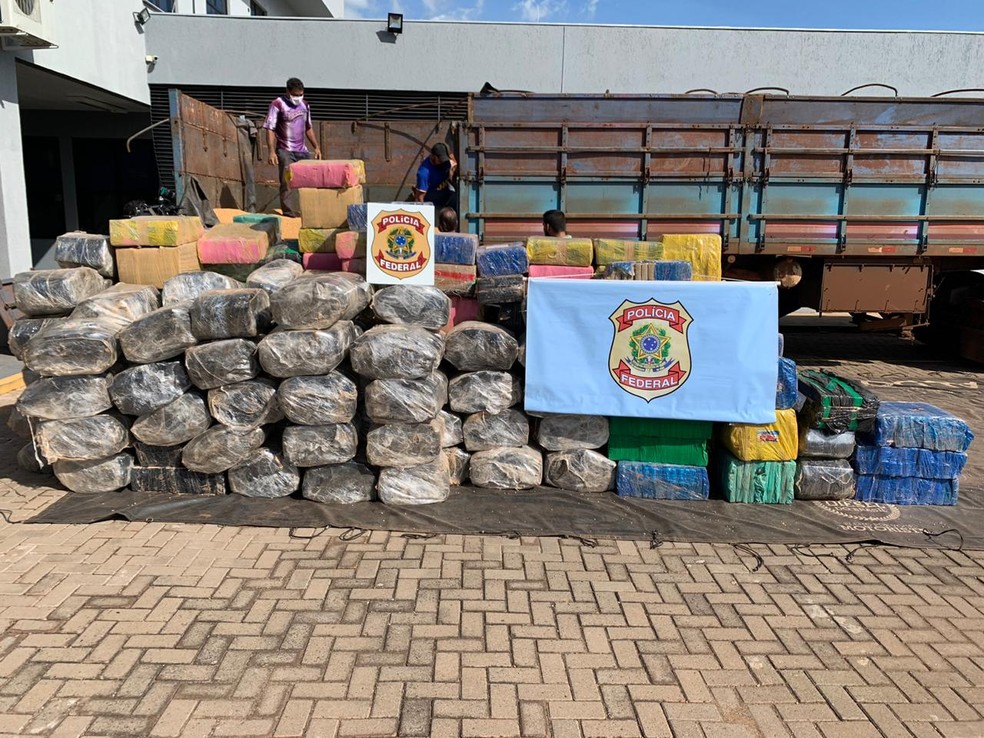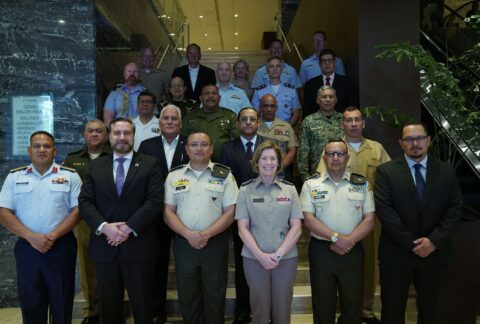In June 2020, Brazil broke records in drug seizures thanks to one of its main border surveillance operations, Operation Horus. Security agents and service members in different areas of the country prevented over 121 metric tons of different types of narcotics from circulating.

One seizure consisted of 25 tons of marijuana. The Federal Police and Military Police of Paraná took part in the June 11 operation. The shipment was concealed among soybeans in a truck that drove along highway BR-487, which connects Paraguay and Brazil, and is a known narcotrafficking route.
“Currently, Operation Horus has a permanent, continuous, and constant presence in eight of Brazil’s 11 border states. Through this operation, we were able to consolidate the VIGIA [surveillance, integration, governance, interoperability, and autonomy, in Portuguese] program,” said Eduardo Bettini, general border coordinator of the Brazilian Ministry of Justice and Public Security (MJSP, in Portuguese).
The main objective of the MJSP initiative is to provide more safety by increasing control in regions that share borders with other countries. “As a last resource, we also seek to decapitalize criminal organizations. This is very important, because we know that the driving force behind these organizations is easy money through the illegal sale of products,” Bettini said.
The VIGIA program developed its first activities in April 2019. Since then, according to the coordinator, it is estimated that seizures of drugs, weapons, vehicles, speedboats and other items, through Operation Horus, caused the loss of roughly $197 million to transnational criminal organizations. “These numbers are way above our estimations. Prior to the program, we would seize between 12 and 15 tons of drugs each month. With the program, we doubled that amount,” said Bettini.
Training and infrastructure improvement
To achieve optimum performance from security agents who take part in Operation Horus, the VIGIA program relies on training and the acquisition of equipment and systems.
The training is done in partnership with other institutions. One of the partnerships is with U.S. Southern Command, which conducted operational design and planning courses in November 2019.
The acquisition of equipment and systems promotes better working conditions for the agents. In June, the first phase of radio communication equipment installation, within the VIGIA program, was completed. It will then be taken to five Amazonian regions. “The system is a result of the partnership with the Brazilian Army. It’s the same system that they use, which enables integration of our communication,” said the general border coordinator.
In addition to communication equipment, other items are being acquired, such as uniforms, weapons, thermal binoculars, armored vessels, and electronic assets, such as sensors and drones, which will be used to increase surveillance capability, since the Brazilian border regions are often large and difficult to access.
Amazonas began receiving communication equipment, which is also being distributed to the state of Paraná. The goal of the VIGIA program is to alternate equipment installation between northern and southern states, until they reach all borders of the country.









